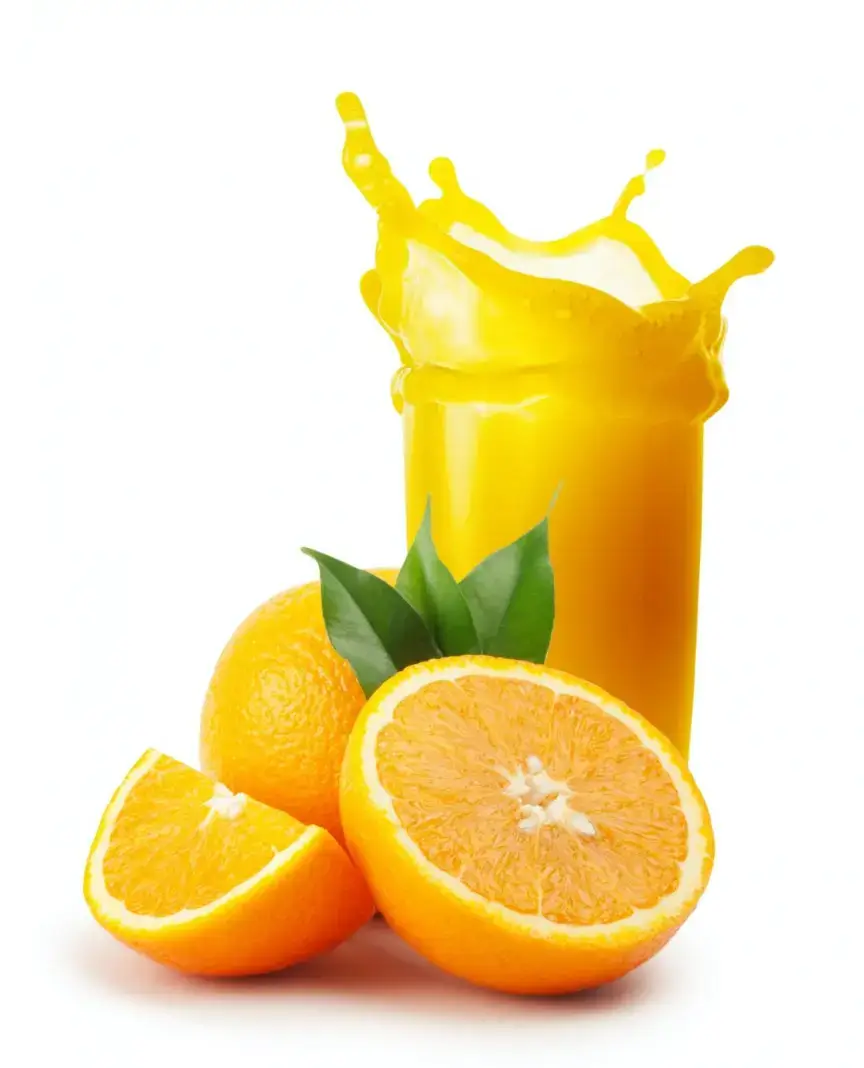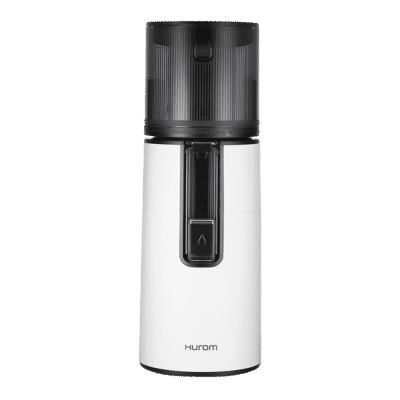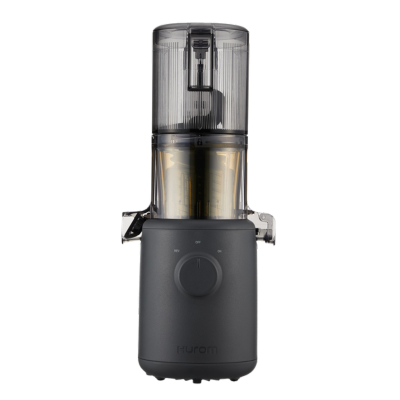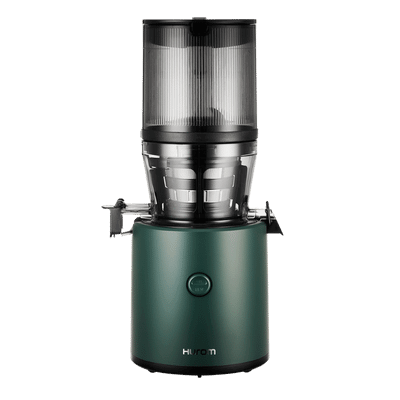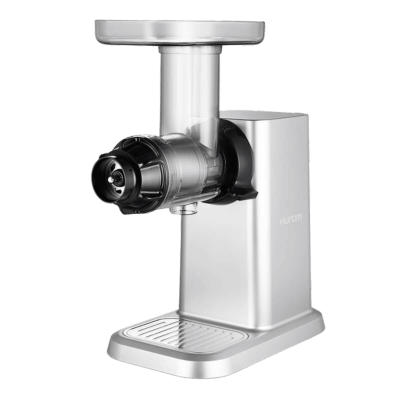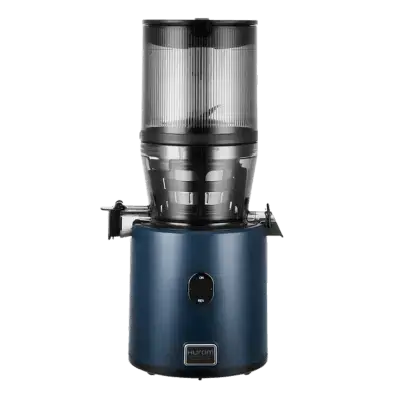Dive into Our Slow Juiced Recipes!
From delicious fruit juices to super healthy vegetable juices, we’ve got you covered!
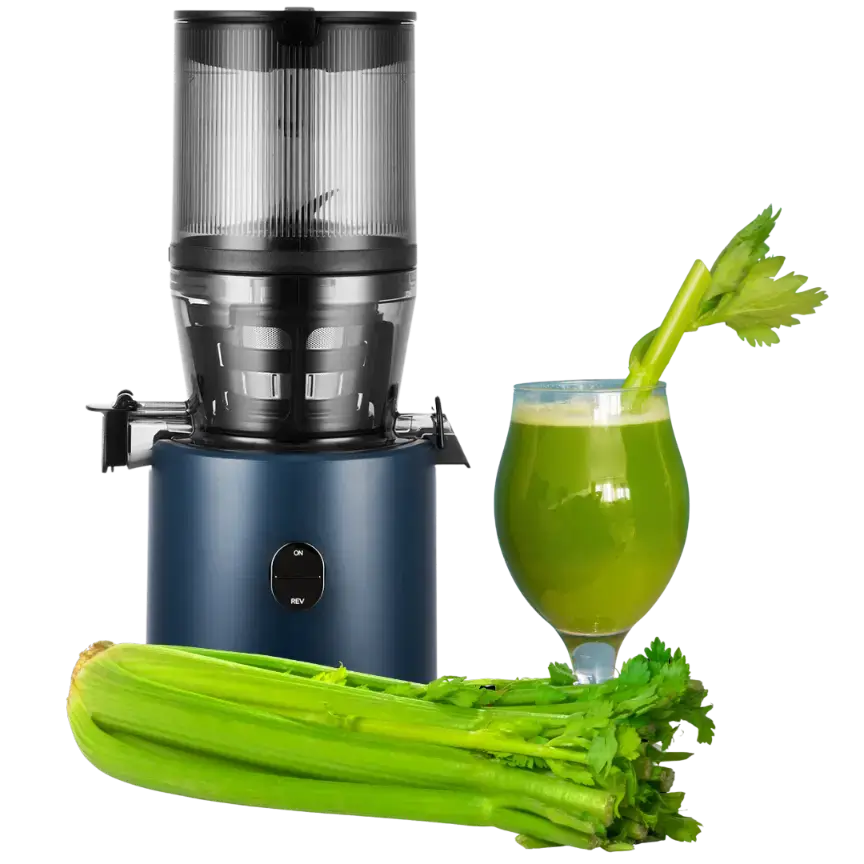
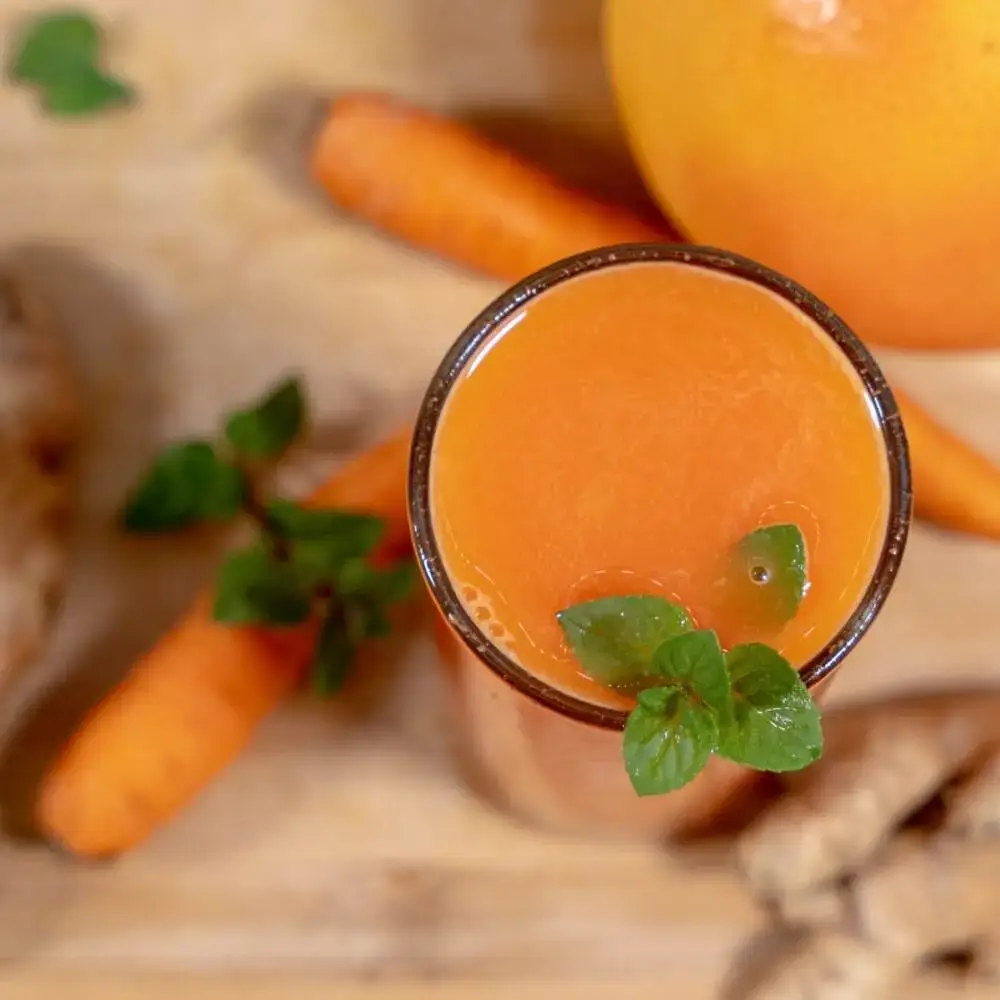
About JuiceNext!
What will you find on JuiceNext?
Through my juicing journey, I have been able to use different juicers. Here, I’m sharing my experience with you!
Juices are the fountain of youth in a glass, rejuvenating your body and restoring your vitality.
Jack LaLanne
The Godfather Of Modern Fitness
Gallery
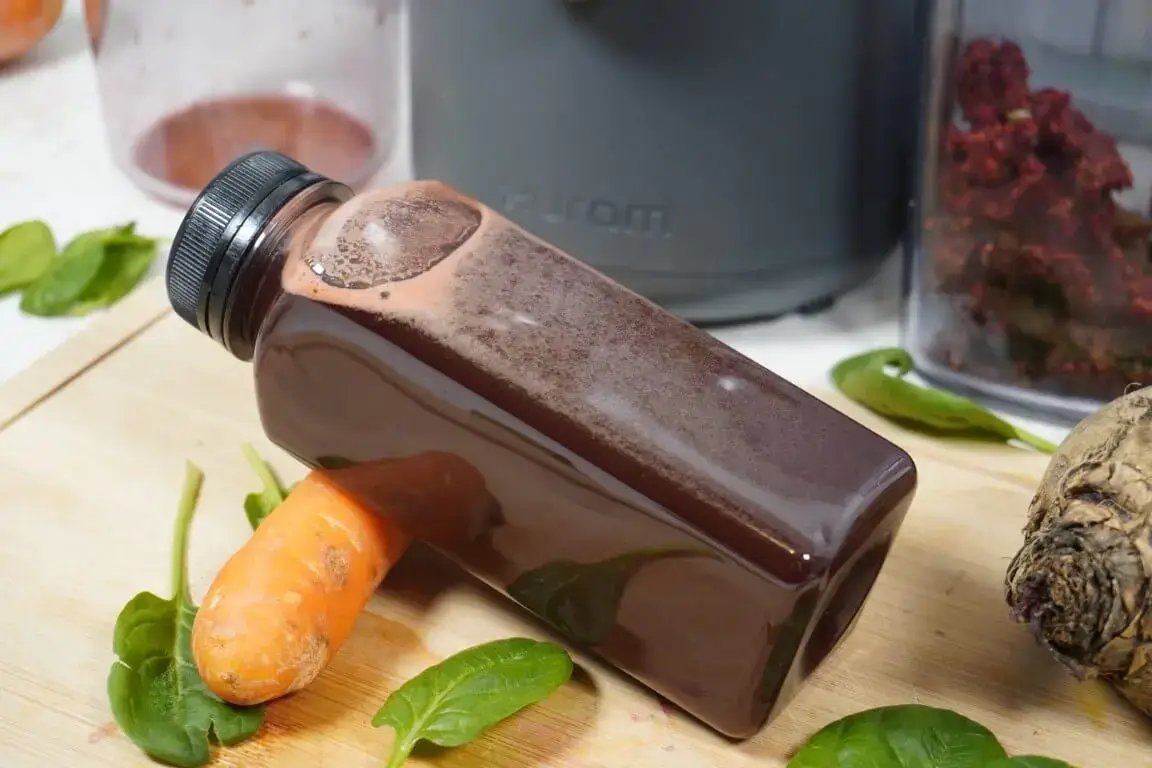
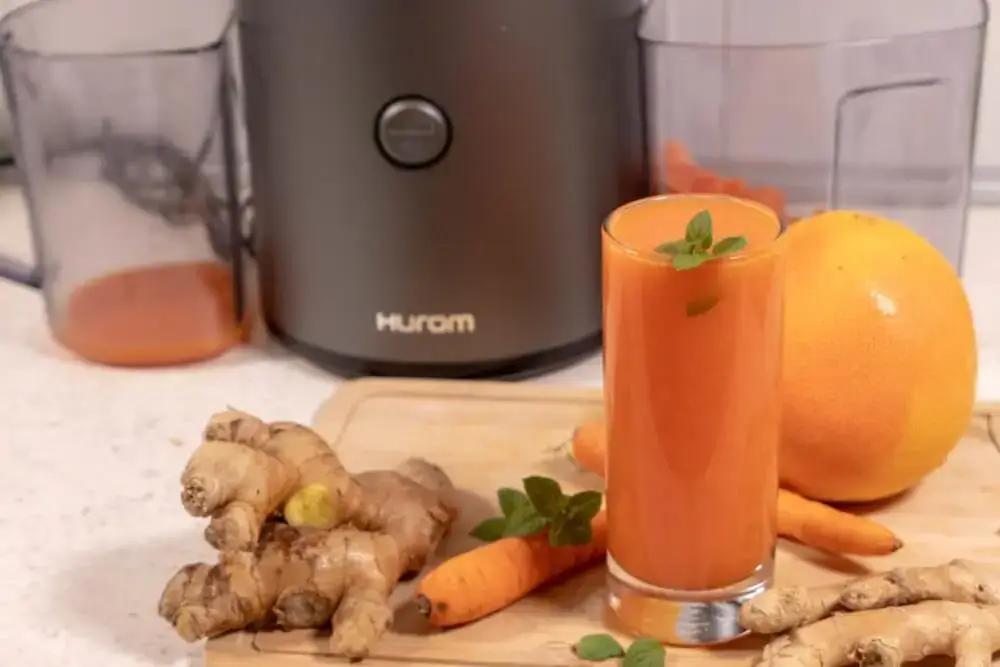
LOVE
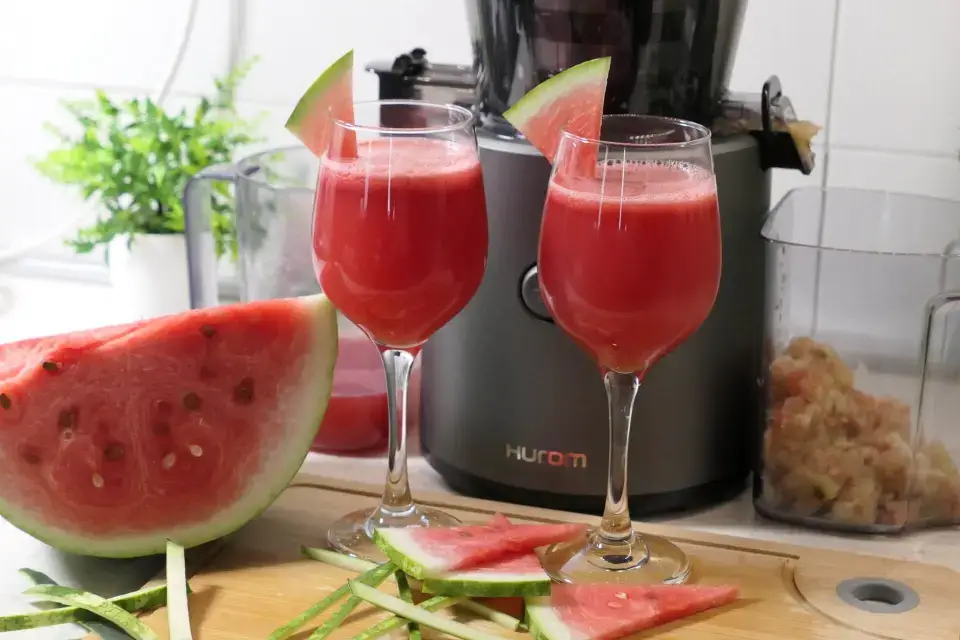

FAQ
Frequently Asked Questions
